Princeton Field Guides
Rooted in field experience and scientific study, Princetons guides to animals and plants are the authority for professional scientists and amateur naturalists alike. Princeton Field Guides present this information in a compact format carefully designed for easy use in the field. The guides illustrate every species in color and provide detailed information on identification, distribution, and biology.
Albatrosses, Petrels, and Shearwaters of the World, by Derek Onley and Paul Scofield
Birds of Australia, Eighth Edition, by Ken Simpson and Nicolas Day
Birds of Borneo: Brunei, Sabah, Sarawak, and Kalimantan, by Susan Myers
Birds of Chile, by Alvaro Jaramillo
Birds of the Dominican Republic and Haiti, by Steven Latta, Christopher Rimmer, Allan Keith, James Wiley, Herbert Raffaele, Kent McFarland, and Eladio Fernandez Birds of East Africa: Kenya, Tanzania, Uganda, Rwanda, and Burundi, by Terry Stevenson and John Fanshawe
Birds of Europe, Second Edition, by Lars Svensson, Dan Zetterstrm, and Killian Mullarney
Birds of India, Pakistan, Nepal, Bangladesh, Bhutan, Sri Lanka, and the Maldives, by Richard Grimmett, Carol Inskipp, and Tim Inskipp
Birds of Kenya and Northern Tanzania: Field Guide Edition, by Dale A. Zimmerman, Donald A. Turner, and David J. Pearson
Birds of the Middle East, by R. F. Porter, S. Christensen, and P. Schiermacker-Hansen
Birds of Nepal, by Richard Grimmett, Carol Inskipp, and Tim Inskipp
Birds of Northern India, by Richard Grimmett and Tim Inskipp
Birds of Peru, by Thomas S. Schulenberg, Douglas F. Stotz, Daniel F. Lane, John P. ONeill, and Theodore A. Parker III
Birds of the Seychelles, by Adrian Skerrett and Ian Bullock
Birds of Southeast Asia, by Craig Robson
Birds of Southern Africa, by Ian Sinclair, Phil Hockey, and Warwick Tarboton
Birds of Thailand, by Craig Robson
Birds of the West Indies, by Herbert Raffaele, James Wiley, Orlando Garrido, Allan Keith, and Janis Raffaele
Birds of Western Africa, by Nik Borrow and Ron Demey
Caterpillars of Eastern North America: A Guide to Identification and Natural History, by David L. Wagner
Coral Reef Fishes, by Ewald Lieske and Robert Meyers
Dragonflies and Damselflies of the West, by Dennis Paulson
Mammals of Europe, by David W. Macdonald and Priscilla Barrett
Mammals of North America, Second Edition, by Roland W. Kays and Don E. Wilson
Minerals of the World, by Ole Johnsen
Nests, Eggs, and Nestlings of North American Birds, Second Edition, by Paul J. Baicich and Colin J. O. Harrison
Palms of Southern Asia, by Andrew Henderson
Parrots of the World, by Joseph M. Forshaw
The Princeton Field Guide to Dinosaurs, by Gregory S. Paul
Raptors of the World, by James Ferguson-Lees and David A. Christie
Seeds of Amazonian Plants, by Fernando Cornejo and John Janovec
Sharks of the World, by Leonard Compagno, Marc Dando, and Sarah Fowler
Stars and Planets: The Most Complete Guide to the Stars, Planets, Galaxies, and the Solar System, Fully Revised and Expanded Edition, by Ian Ridapath and Wil Tirion
Whales, Dolphins, and Other Marine Mammals of the World, by Hadoram Shirihai and Brett Jarrett
PARROTS
OF THE WORLD

JOSEPH M. FORSHAW
Illustrated by Frank Knight
Princeton University Press
Princeton and Oxford
Dedicated to our wives, Beth and Heather,
in appreciation of their support, understanding, and patience
Text copyright 2010 by Joseph M. Forshaw
Illustrations copyright 2010 by Frank Knight
Requests for permission to reproduce material from this work should be sent to
Permissions, Princeton University Press
Published in the United States, Canada, and the Philippine Islands in 2010 by Princeton University Press, 41 William Street, Princeton, New Jersey 08540 nathist.princeton.edu
Published in the United Kingdom and European Union in 2010 by
Christopher Helm, an imprint of A&C Black Publishers Ltd., 36 Soho Square, London, W1D 3QY
www.acblack.com
Published in Australia and New Zealand in 2010 by
CSIRO Publishing, 150 Oxford Street (PO Box 1139), Collingwood VIC 3066,
Australia
www.publish.csiro.au
All Rights Reserved
Library of Congress Cataloging-in-Publication Data
Forshaw, Joseph Michael.
Parrots of the world/Joseph M. Forshaw; illustrated by Frank Knight,
p. cm.(Princeton field guides)
Includes bibliographical references and index.
ISBN 978-0-691-14285-2 (pbk.: alk. paper)
1. ParrotsIdentification. I. Title.
QL696.P7F64 2011
598.71dc22 2010002333
Artwork was facilitated by the loan of museum specimens from the National Museum of Natural History (USNM), Smithsonian Institution, Washington, D.C.
 Smithsonian
Smithsonian
This book has been composed in Goudy (main text) and Arial (headings, labels, and captions)
Printed on acid-free paper
Edited and designed by D & N Publishing, Baydon, Wiltshire, UK
Printed in China
10 9 8 7 6 5 4 3 2 1
CONTENTS
LIST OF COLOR PLATES
Parrots in the Australasian
Distribution
Parrots in the Afro-Asian
Distribution
Parrots in the Neotropical
Distribution
Extinct Parrots
PREFACE
As pointed out by Dean Amadon in his Foreword to my Parrots of the World (Lansdowne Editions 1973, 1981, 1989), parrots always have been of particular interest to mankind, mainly because of their popularity as pets. This popularity is well documented and dates from early times. It is possible that the Roseringed Parakeet Psittacula krameri from northern Africa was known to the ancient Egyptians, though there appear to be no records in their writings or art. Ctesias, a Grecian slave who became court physician to Artaxerxes II in 401BC, gave a fairly accurate description of the Plum-headed Parakeet Psittacula cyanocephala and wrote romantically of the birds ability to speak the language of its native India and the claim that it could be taught to speak Greek. It probably was Alexander the Great who introduced to Europe tame parrots from the Far East, and Alexandrine Parakeet, the English name for Psittacula eupatria, honors the warrior king. Aristotle almost certainly based his description of parrots on birds brought back by the triumphant armies of his pupil, Alexander. Parrots, presumably Psittacula species from northern Africa and the Middle East and possibly the Gray Parrot Psittacus erithacus from tropical Africa, were well known to the ancient Romans, and talking birds were status symbols among the noble classes. Voyages of discovery to Asia and the Americas during the fifteenth and sixteenth centuries resulted in new parrot species being brought back to Europe and trading in live birds soon commenced, eventually resulting in the domestication of some species, most notably the Budgerigar Melopsittacus undulatus and the Cockatiel Nymphicus hollandicus from inland Australia. Contrasting with this popularity of parrots as pets has been a longstanding indifference among ornithologists, researchers, and field observers towards the group, and only in recent decades has there been a change in attitude. Thankfully, the change has been quite dramatic, and it probably is true to say that at the present time parrots are one of the most intensely studied groups of birds. Interest among fieldworkers also is very strong, with the focus often being on the conservation needs of rare or endangered species. Among birdwatchers there is increasing attention being given to parrots, and parrot-watching tours are becoming more commonplace. I have accompanied these tours in Australia, while in South America the spectacular aggregations of parrots at traditional clay licks have generated regional ecotourism enterprises.

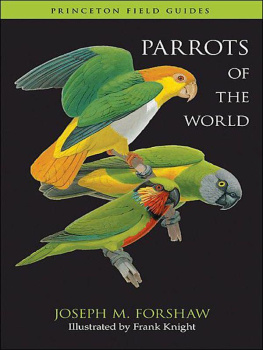

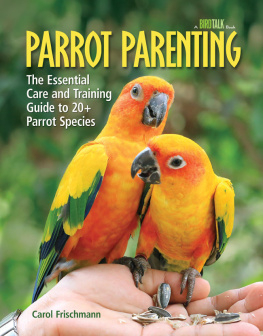
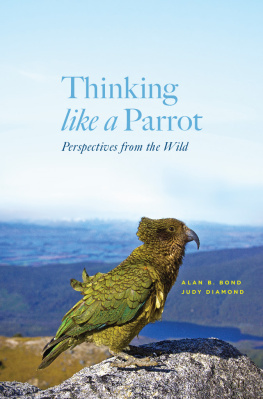
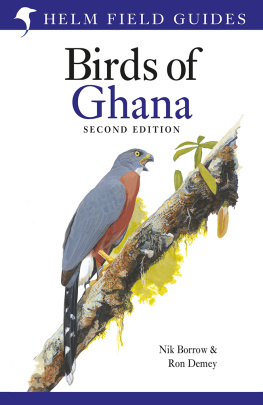
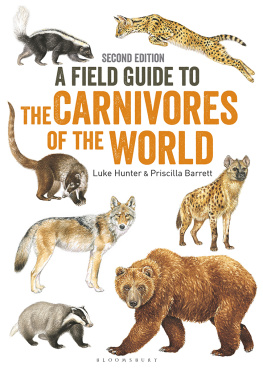

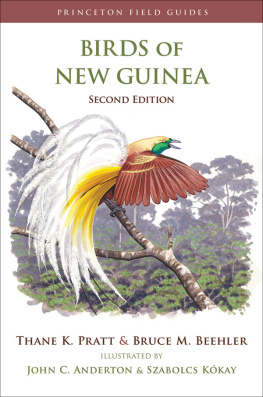

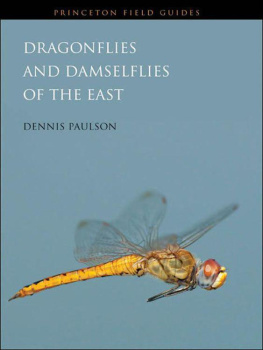


 Smithsonian
Smithsonian